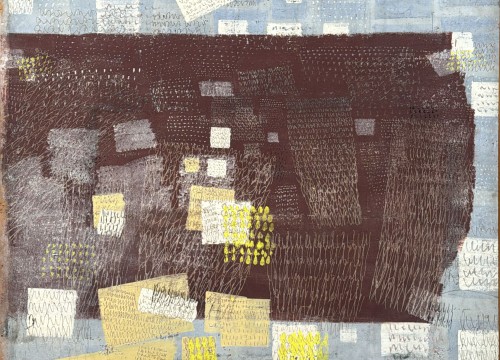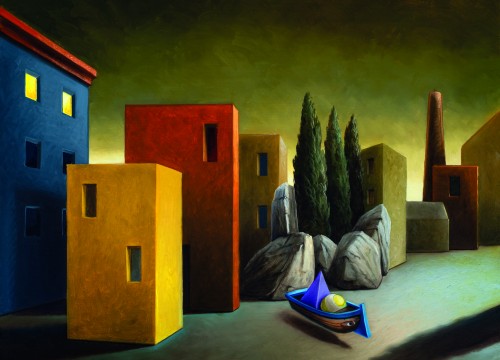Seven Centuries of Female Russian Art, from the ‘300s to the Twentieth-century Revolutions
On display a fascinating collection of Holy Maries, TSARINAS, mothers, countrywomen, factory workers, poetesses
The amazons, warriors that in the classical Greek imaginary fought with such a firmness that they even mutilate their breast in order to make better use of the arch, in the ancient times, were strongly feared by men. The expression “avantgarde amazons”, coined by the futurist poet Livšic in reference to the key female figures of the early ‘900s Russian art, evokes an equal confrontation. According to the ideals of the revolution, the desire of leaving behind the stagnant underdevelopment of the autocratic empire couldn’t overlook a cultural and social progress, starting from the gender equality, accrediting and encouraging the creativity of female painters, sculptors, designers and scenographers. The exhibition at the Royal Palace, “Divine and Avanguarde”, means to deepen into the role of women as a subject and author through the main figures of seven centuries, from the ‘300s to the ‘900s. The two sections of the exhibition will enter the viewer in a Trans-Siberian trip, along the timeline of emancipation. In the first, Holy Maries, tsarinas, mothers, daughters, factory workers countrywomen and poetesses are pictured in their centrality or marginality, by masters like Il’ja Repin, Kustodiev, Maljavin, Malevi›, Dejneka, Petrov-Vodkin.
The exhibition also features Vera Mukhina's Worker and Kolkhoz Woman presented at the INTERNATIONAL Paris Expo in '37
The other section is dedicated to female artists ranging from Goncharova to Popova and Ekster, who were able to start movements, experiment new techniques and challenge the ethics, often by professional and/ or sentimental association with other intellectuals, but never settling for a supporting role. Ninety works, many of which are previously-unseen, different expressive media and a feast of colors testify the aesthetic freedom of the Russian avant-garde movement in its declinations, during one of the most influential and innovative periods of the contemporary history of art. To wonder why some names just recently went out on the market is fair. The mysteries surrounding a fascinating and controversial country such as Russia are rooted in censorship and political persecution of the artists who will not bow to the socialist realism later imposed by Stalin to subjugate art to propaganda. Artworks hidden into houses and never exhibited, segregated in basements and inaccessible to museums, without documentations and exhibition histories fostered authentication issues. After the fall of the USSR, some treasures previously hidden to wealthy collectors entered the market and stimulated the appetite of counterfeiters rushing to fill the void, sometimes with a striking resonance, between closed exhibitions and mass requisitions. The exposition ends in style with The Worker and the Kolkhoz Woman, Vera Mukhina’s sculpture presented at the Paris Expo in 1937. On display till the 5th of April. Curated by Evgenija Petrova and Josef Kiblitskij.
Divine e Avanguardie
Palazzo Reale
Milan
Curated by
Evgenija Petrova
e Josef Kiblitskij
Until 12/09



























